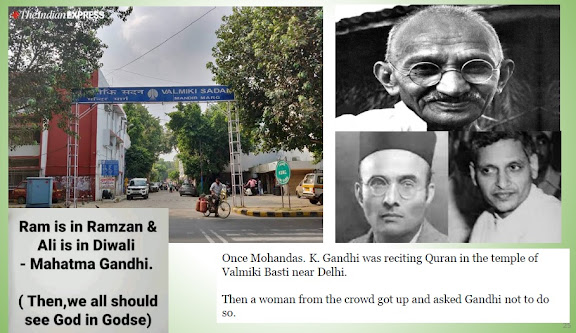India needs Rs. 200/- currency notes
India needs a Rs.
200/- note, not a Rs.
2,000/- note and the science behind it says Ravi Abhyankar:
What should be the size of the Apple Mac
screen?
Technically, Apple can produce hundreds of different
sizes, but they have settled on four: - 13.3 inch, 15.4 inch, 21.5 inch and 27 inch.
The four are spaced close enough and far
enough to satisfy most Apple consumers. Industrial design has a mathematical concept called
preferred numbers.
Way back in 1870s, a French engineer Charles Renard
proposed a system based on logarithmic scale to produce a limited number of
sizes to cover a wide range. A variant of that internationally accepted system
is the 1-2-5 series, which is widely used in minting coins and printing notes.
The 1, 2,
5, 10, 20, 50, 100, 200, 500, 1000… is that series. The beauty of the series is
that any adjacent numbers differs by a product of 2 or 2.5. As a result, they
are spaced close enough but cover a wide ground.
How?
Let us look at an Indian street vendor who
still measures the fruit he sells on old-fashioned scales.
If he
has weights of 100 gms, 200
gms, 500
gms and
1 kg, he can give you fruits in multiples of 100 gms by using a maximum of three weights.
E.g. 800 (500+200+100), 900 (500+200+200). In no case does the seller need to
use four weights. If you must follow the decimal system, this is an extremely
efficient system.
Now look at the Indian banknotes. Until
8th November 2016, India had currency (notes or coins) with a denomination of
1, 2, 5, 10, 20, 50, 100, 500 and 1000 rupees. Below Rs.
100/-, transactions were efficient. The gap between Rs.
100/- and Rs.
500/- (1:5) has been too large. Over the last few years, it has produced
inconvenience (certainly) and contributed to inflation (probably). It is well
known that bigger values and larger gaps can increase prices.
In January 2002, when most European
currencies converted to Euro, prices rose on many goods as a result of rounding
up. This rounding up phenomenon has made coins below one rupee disappear from
India.
I had hoped that RBI would use the
demonetization to introduce a Rs. 200/- note. That would have
bridged the gap between Rs. 100/- and Rs.
500/- and made the cash economy efficient. What we got instead was a Rs.
2,000/- note.
With the death of the Rs
1,000/- note, the new ratio of Rs. 500/- to Rs.
2,000/- (1:4) to follow the already inefficient Rs. 100/- - Rs.
500/- (1:5) is not sustainable, now or in future. And since the new Rs.
500/- note is as yet rarely available, the ratio currently is Rs.
100/- - Rs.
2000/- (1:20).
When the maximum prescribed ratio for
efficiency is 1:2.5, in practice we have 1:20, which is catastrophic. That is
why; we have millions of people with wads of Rs. 2,000/- notes unable or unwilling
to make a small purchase of Rs. 200/-.
This is pure and simple mathematical
illiteracy. I expect the RBI to be aware of the Renard
series, which is an ISO standard.
Politics and
economics can be subject to opinions, but not mathematics. You invite disaster
when you do not follow the basic number rules.
What India needs to do urgently is to
introduce an Rs. 200/- note. And if Rs.
1,000/- is to be permanently abandoned, then to withdraw Rs.
2,000/- as well. For efficient transactions, the ratio in the 1-2-5 series must
never exceed 2.5.
(Ravi Abhyankar is an independent
analyst and strategic advisor).




Comments